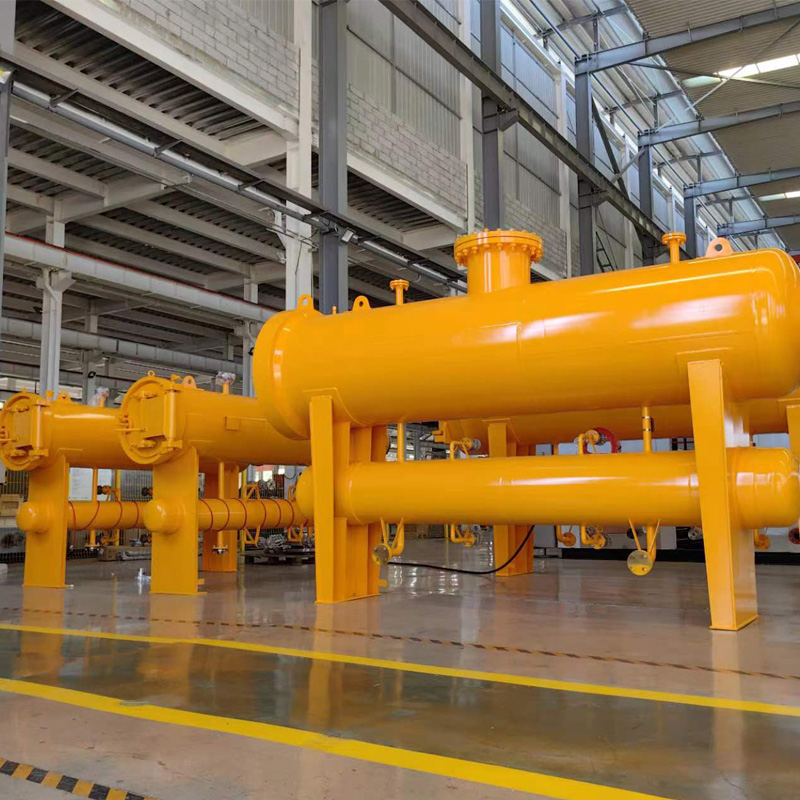
Aug . 07, 2024 10:10
Back to list
Understanding the Functionality and Importance of Shut-Off Valves in Fluid Control Systems
Understanding the Importance of Shut-off Valves in Industrial Applications
Shut-off valves play a crucial role in various industrial applications by controlling the flow of liquids and gases within pipelines. These valves are designed to completely stop the flow of a substance when needed, making them essential for safety and operational efficiency in numerous settings, from manufacturing plants to municipal water systems.
Types of Shut-off Valves
There are several types of shut-off valves, each serving specific purposes based on the application requirements. The most common types include gate valves, ball valves, globe valves, and butterfly valves.
1. Gate Valves These valves are primarily used for on/off control. They have a wedge or gate that can be raised or lowered to allow or prevent flow. Gate valves are known for minimal pressure drop when fully opened, making them ideal for applications where a straight-line flow is essential.
2. Ball Valves Featuring a spherical disc that rotates within the valve body, ball valves provide quick and tight shut-off capabilities. They are favored for their durability and ability to handle high-pressure applications. Their straightforward mechanism allows for simple operation, typically with a quarter-turn action.
3. Globe Valves These valves are used where throttling or flow regulation is necessary. The globe shape of the valve body and seat design allows for fine control of the flow rate, making them an excellent choice for applications requiring precise adjustments.
4. Butterfly Valves These valves use a disc that pivots to control flow. They are lightweight and compact, making them suitable for larger pipelines. Butterfly valves offer quick operation and are often used in systems where space is a constraint.
.
Shut-off valves are essential in various sectors, including water distribution, oil and gas, chemical manufacturing, and HVAC systems. Their primary benefits include
صمام الإغلاق

- Safety In the event of a leak or system malfunction, shut-off valves can quickly isolate sections of a pipeline to prevent further damage or hazards. This is critical in high-risk environments such as oil refineries or chemical plants.
- Maintenance By allowing specific sections of a system to be isolated, shut-off valves facilitate maintenance work without the need to drain entire systems. This leads to reduced downtime and operational efficiency.
- Flow Control In many situations, managing the flow rate of liquids and gases is vital. Shut-off valves enable operators to regulate flow, thus optimizing process conditions and improving product quality.
- System Integrity The ability to control flow helps maintain pressure levels within pipelines, protecting against potential failures and extending the lifespan of the entire system.
Installation and Maintenance Considerations
Proper installation and regular maintenance of shut-off valves are vital to ensure their reliable operation. Valves should be installed in accordance with industry standards, considering factors like orientation, alignment, and accessibility for future maintenance.
Regular inspections and servicing are also necessary to identify wear or damage. Over time, seals and other components may degrade, leading to leaks or operational failures. Implementing a routine maintenance schedule can help mitigate these risks and ensure that valves function correctly when required.
Conclusion
In conclusion, shut-off valves are indispensable components in industrial pipelines, significantly contributing to safety, efficiency, and control of flow systems. Understanding the different types and applications of these valves helps industries operate smoothly while maintaining a focus on safety and reliability. As technology advances, innovations in shut-off valve design and materials continue to enhance their performance, ensuring they remain a fundamental part of industrial operations for years to come.
Latest news
-
Safety Valve Spring-Loaded Design Overpressure ProtectionNewsJul.25,2025
-
Precision Voltage Regulator AC5 Accuracy Grade PerformanceNewsJul.25,2025
-
Natural Gas Pressure Regulating Skid Industrial Pipeline ApplicationsNewsJul.25,2025
-
Natural Gas Filter Stainless Steel Mesh Element DesignNewsJul.25,2025
-
Gas Pressure Regulator Valve Direct-Acting Spring-Loaded DesignNewsJul.25,2025
-
Decompression Equipment Multi-Stage Heat Exchange System DesignNewsJul.25,2025

